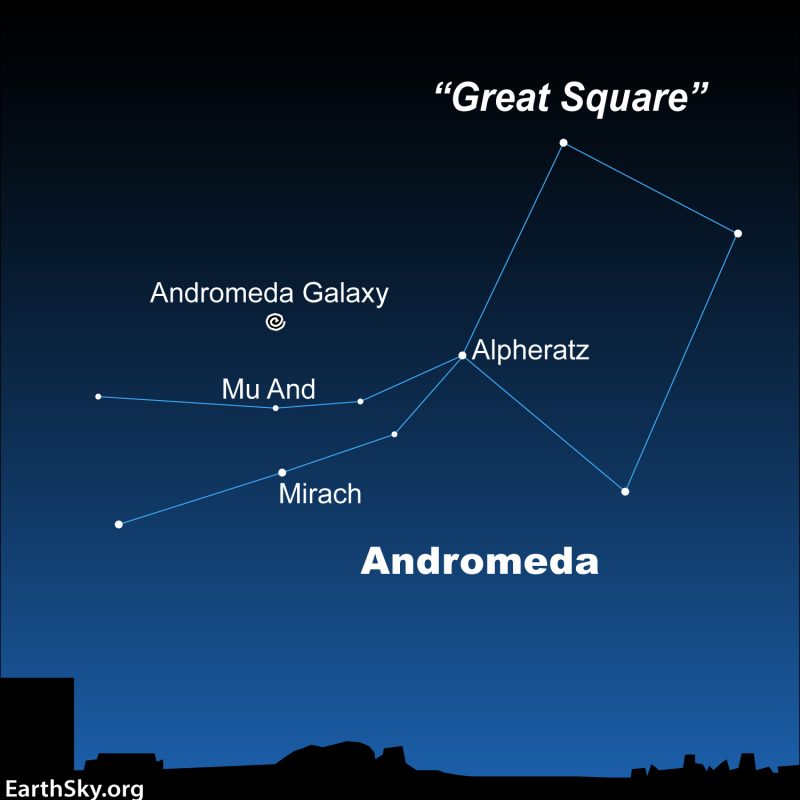
Look Up At The Stars
Welcome to the first edition of 'Look Up At The Stars', throughout these blogs we'll be taking a closer look at constellation and the stories behind them. Why? Well, for one, they are just the most fascinating thing. Two, if you ever find yourself in the Night Court, knowing the stars might come in handy. And three, if you're on a date, you can impress the other person with your knowledge of the galaxy. Because everyone loves a charmer that knows their stars.
Up first for this week is...

Up first for this week is...

The Andromeda Constellation
|
At one time, the Andromeda galaxy was called the Great Andromeda Nebula. Astronomers thought this patch of light was composed of glowing gases, or was perhaps a solar system in the process of formation, which they were partly correct about.  Andromeda is part of a big prominent group of constellations named after mythological figures related to the Perseus and Andromeda myth. The pronounced W-shaped Cassiopeia constellation points directly at Andromeda. |
In ancient Greek mythology, Andromeda was a beautiful daughter of the king Cepheus and queen Cassiopeia. When her mother bragged that Andromeda was better-looking than the famously beautiful Nereid sea nymphs, the sea god Poseidon sent his pet sea monster Cetus to destroy Cepheus' kingdom. It was said, however, that sacrificing Andromeda could save the country and its people. So, the loving parents had their daughter chained to a rock by the sea, so that the sea monster could get her easily. Fortunately, the charming prince Perseus flew past on his winged horse Pegasus and fell in love with Andromeda's beauty. He killed Cetus and married Andromeda. The two lived happily ever after. |

@Code by Tanuja (Carina)